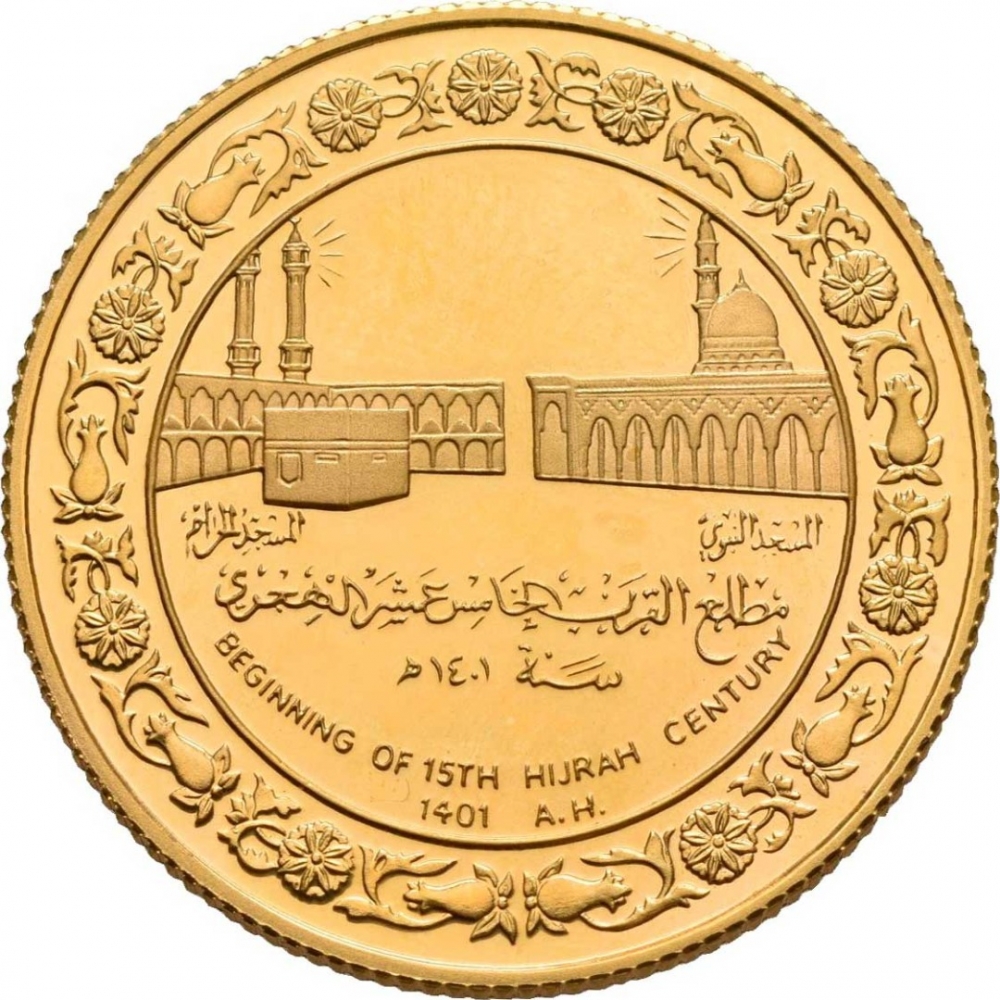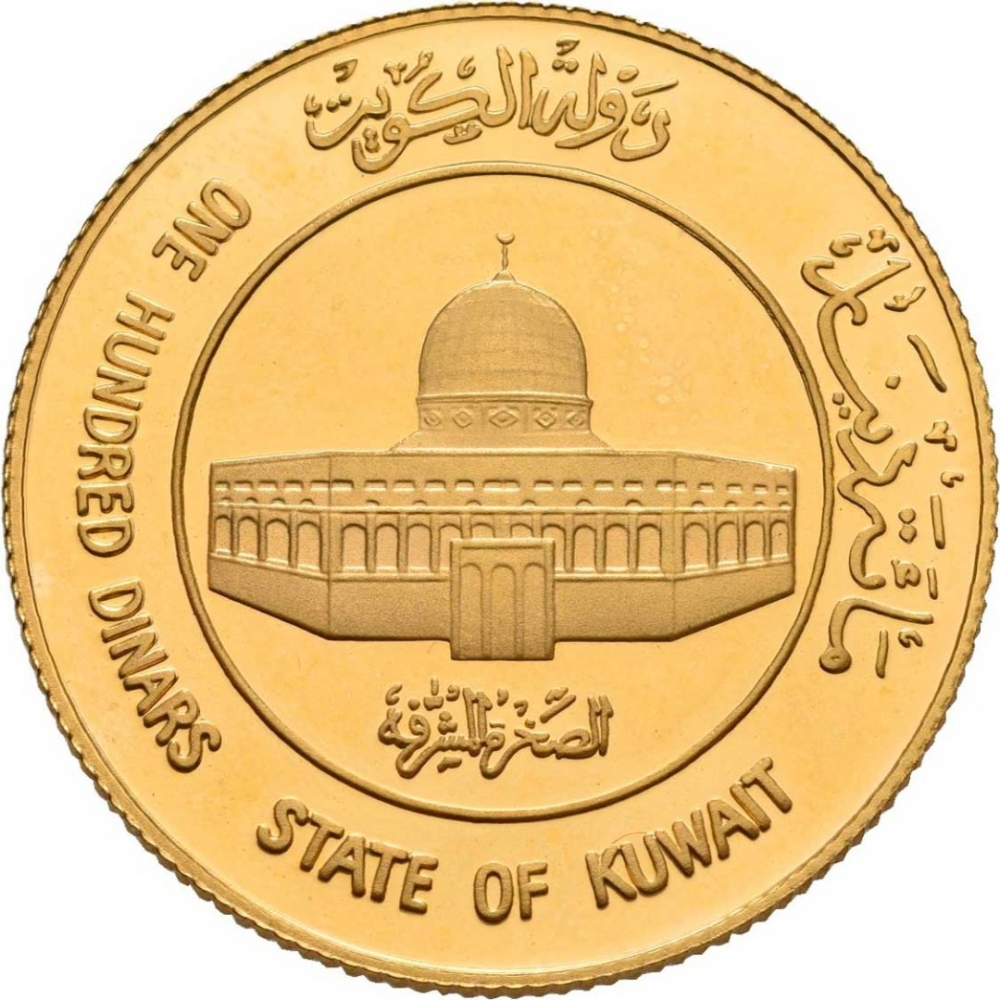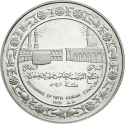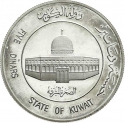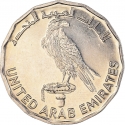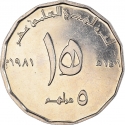You are about to finish your registration. Please check your mailbox (including spam folder). There should be a letter with a confirmation link. Check setting to make sure that your e-mail address is correct.
Send letter againDescription
The Hijri calendar, alternatively known as the Lunar Hijri calendar and referred to as the Islamic, Muslim, or Arabic calendar in English, operates on a lunar system comprising 12 months, totaling either 354 or 355 days per year. Its primary purpose is to ascertain the appropriate dates for Islamic observances and rituals, including the annual fasting period and the timing of the Hajj pilgrimage. In most countries where Islam is the dominant religion, the civil calendar adheres to the Gregorian system, while the religious calendar follows the Hijri tradition, with Syriac month-names utilized in regions such as the Levant and Mesopotamia (including Iraq, Syria, Jordan, Lebanon, and Palestine).
This calendar marks the progression of the Hijri era, commencing with the Islamic New Year in 622 CE, which coincides with the migration of Muhammad and his followers from Mecca to Medina, establishing the first Muslim community (ummah). This significant event, known as the Hijrah, serves as the starting point for the Hijri calendar. In Western contexts, dates within this era are typically designated as AH (Latin: Anno Hegirae, "in the year of the Hijrah"), while in Muslim nations, it may also be indicated as H in its Arabic form (سَنَة هِجْرِيَّة, abbreviated ھ). In English, years preceding the Hijra are denoted as BH ("Before the Hijra").
Sheikh Jaber al-Ahmad al-Sabah (1926–2006) of the al-Sabah dynasty, was the Emir of Kuwait and Commander of the Military of Kuwait; serving from 31 December 1977 until his death. He had previously served as minister of finance and Economy from 1962 until 1965, when he was appointed prime minister prior to becoming Kuwait's ruler.
Obverse

|
Depicted Masjid al-Haram, Kaaba and the Prophet's Mosque in Medina with name of each mosque in Arabic blow it, inscription in Arabic and English with date in Hijri below within a circle surrounded by Islamic floral ornaments. المسجِد الحرام |
|---|---|
Reverse

|
Depicts the Dome of the Rock Mosque with its name below within a circle surrounded by the name of the country and denomination in Arabic and English. دَولة الكُويت |
| Edge |
100 Dinars
KM# 17 Schön# 16 Fr# 2
Related coins
Beginning of the 15th Hijrah Century
Beginning of the 15th Hijrah Century
